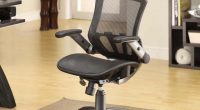Important Things to Know About Flooring for Hospitals
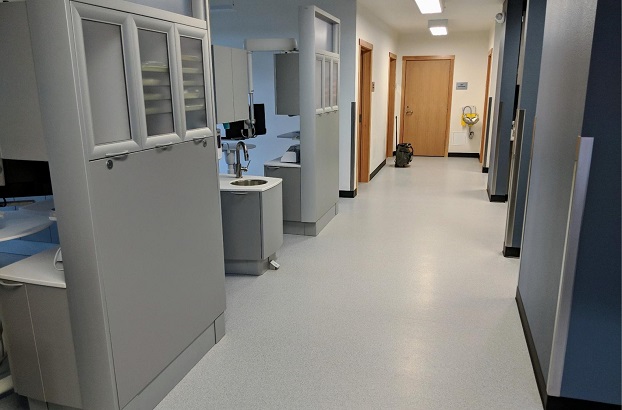
Hospital flooring plays a crucial part in creating a quality care setting. To choose the adequate option, there are several factors to consider such as slip resistance, durability, the longevity of the product, etc. Aesthetics, cleanability and cost are also critical elements to keep in mind. Fortunately, there are several great options to choose from when buying flooring for hospitals. Vinyl is one of the best materials that meet hospitals’ specific requirements. Let’s see why.
Flooring for Hospital Entries
Entrances are the first area that patients and their families see when they get into the hospital which means they undergo the heaviest foot traffic. For this very reason, a durable, welcoming floor with an adequate design will make a strong first impression.
Vinyl Sheet
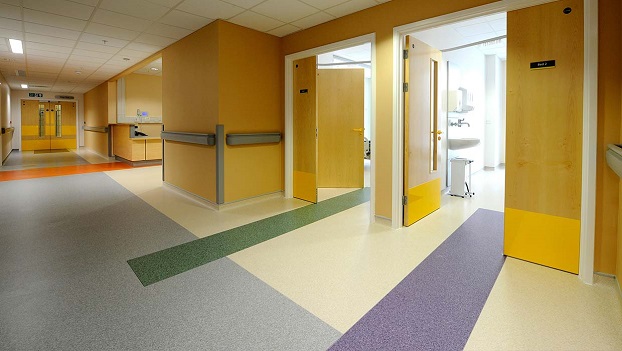
You might be wondering why do hospitals use vinyl flooring. The answer is simple – because sheet vinyl is a resilient product that is built to last and requires minimal maintenance. It generally comes in 2 m wide rolls that are 20 m long and 2-3 millimetres thick. This enables vinyl sheet flooring for hospitals to be applied with minimum seams so that area can get a uniform look.
Vinyl sheets can accurately emulate many natural looks that are reassuring and calming, like wood or stone, which makes this floor very aesthetically appealing. It’s a slip-resistant, shock-absorbent and sustainable flooring material that’s also excellent for repelling microorganisms. Some components in vinyl allow the conduction of electrostatic charges, steering them away from people and sensitive electronic equipment – another important reason why vinyl is widely used in hospitals.
Luxury Vinyl Tile
Luxury vinyl tiles are very popular today and they are widely used in commercial spaces. Vinyl hospital tile flooring is a primarily waterproof and incredibly durable solution, ideal for high traffic entry areas. The main advantage of vinyl tile is the ease of installation and endless design possibilities.
Vinyl Composition Tile
VCT is a very economical option for hospital flooring. These tiles are made only of a small amount of vinyl with natural limestone and other materials that are more porous. This means that this floor will need constant maintenance and has a shorter lifespan than other vinyl floors.
Rubber
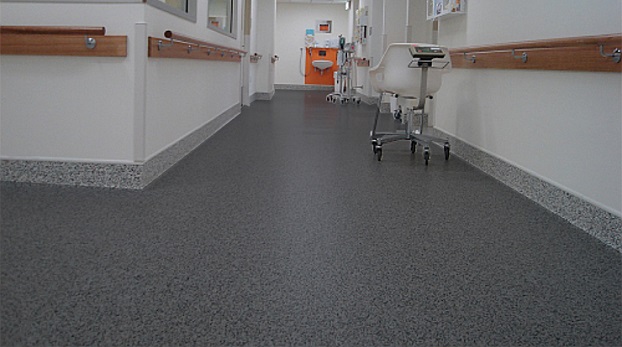
Premium quality rubber flooring is a very popular choice in hospital interiors. It can be quickly installed, it is low maintenance and comes in a variety of textures, colours and patterns. Rubber flooring is resilient, sanitary and noise absorbing. Featuring a very dense structure, rubber can withstand even the toughest hospital conditions.
Linoleum
Linoleum might not be as famous as it was in the past, but it’s still a popular choice of flooring for hospitals. Because it’s made of natural materials, linoleum is antistatic, hypoallergenic and antibacterial.
Flooring for Emergency and Operating Rooms
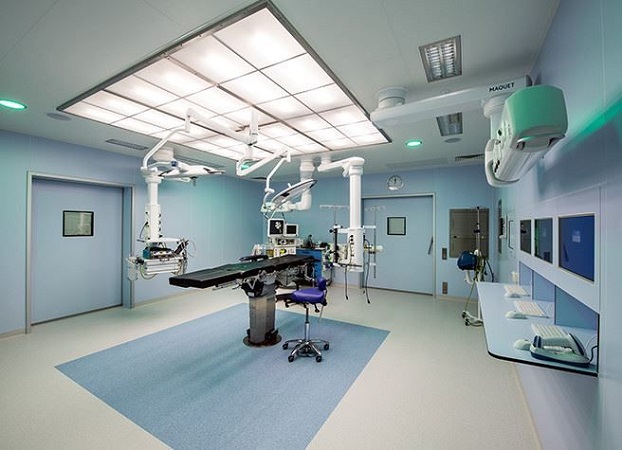
Hospital procedure rooms must meet strict infection control 24/7. The trend goes towards vinyl sheet flooring and linoleum. They are great fits for these environments because they enable heat welding and can be easily installed to provide a fully aseptic space. These materials come with a coating which protects the surface from stains caused by medical products and body fluids. This coating is important as it eliminates polishing, waxing and spray buffing – reducing maintenance and costs.
Flooring for Patient Rooms
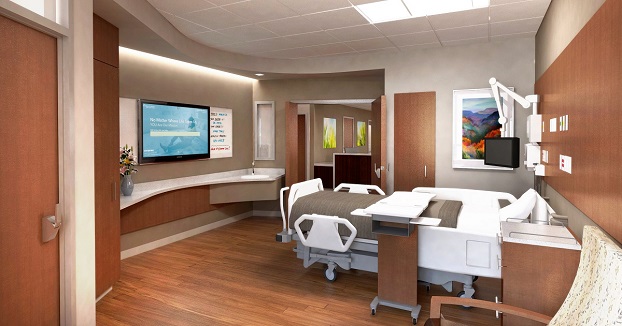
Flooring for patient rooms is usually designed in a way to remind of home. These rooms don’t require aseptic flooring, leaving you with more options to choose from. Warm, inviting floors with natural textures are a great solution. Vinyl sheets, LVT and linoleum are preferable hospital floor choices because they provide stone, wood, tweed and other natural looks for a much smaller cost when compared to exact natural materials. Natural materials are too prone to absorbing fluids and retaining microbes, so resilient flooring has an obvious advantage.
Flooring for Corridors
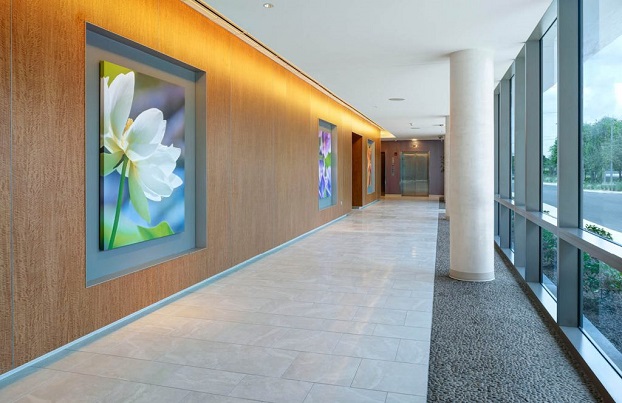
Corridors are the main arteries of hospitals which are heavily used. Including foot traffic and rolling loads such as medical beds, equipment carts, wheelchairs etc, flooring in corridors needs to be durable, easy to install and maintain. Patterned flooring with lively colours may create clear paths and help identify such areas fast. Rubber is a great option, especially because it comes with pre-applied adhesive on the back which saves time during installation. Also, the rubber may have a protective coating that resists scratches and scuffs, making it more resistant to spills. Because it absorbs impact well, rubber can be of great help to staff who are on their feet all day.


